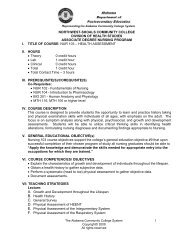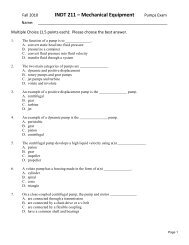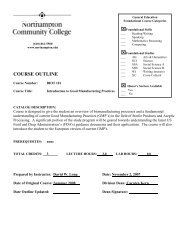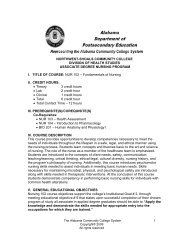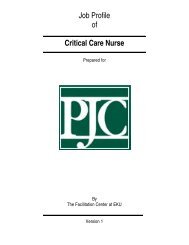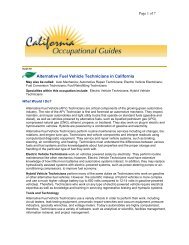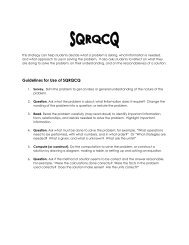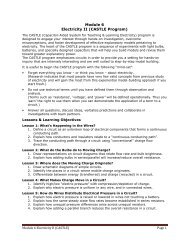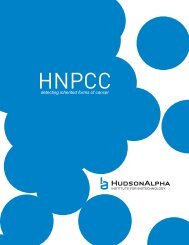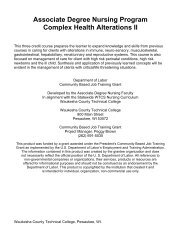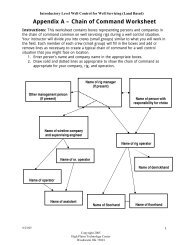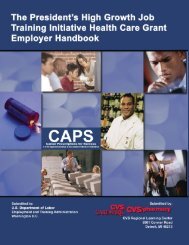i. Module 4 Fluids and Thermodynamics ... - Workforce 3 One
i. Module 4 Fluids and Thermodynamics ... - Workforce 3 One
i. Module 4 Fluids and Thermodynamics ... - Workforce 3 One
Create successful ePaper yourself
Turn your PDF publications into a flip-book with our unique Google optimized e-Paper software.
Activity 2: Scissors liftHave students work in groups of 2. Provide a scissor lift to each group.This activity is designed to demonstrate the use of hydraulic power <strong>and</strong> the differencebetween hydraulic <strong>and</strong> pneumatic power.Scissor Lifts are one of the most essential<strong>and</strong> often-used types of material h<strong>and</strong>lingequipment in the industrialized world. Somescissor lifts are built as small portable carts<strong>and</strong> designed to lift no more than a couplehundred pounds of material; others are builtto maintain a load of 50 tons. Scissor liftsare available to be operated by manualhydraulic foot pump, mechanical screw, <strong>and</strong>electric hydraulic, air hydraulic or air bag.The small scissor lift uses a similarmechanism that is used in real life. Ahydraulic piston (syringe) pushes one of thearms <strong>and</strong> with a first class lever the platformrises up horizontally. They are often used todo repairs to, or build ceilings where it ishigh, <strong>and</strong> a ladder won't do. As you can see,the platform can be a very stable workplace.Operating the lift1. Charge up the syringeTo charge (fill) the syringe push the 14 cm tube tightly over the end. Slowly suck waterup into it. Holding the syringe vertically, push the plunger <strong>and</strong> expel the air from thesyringe <strong>and</strong> the tube. You may have to suck up the water <strong>and</strong> push it out a few times toget all the air bubbles out. Gently tap the syringe while holding it vertically so thebubbles float up, <strong>and</strong> then push them out. When the syringe is fully charged with nobubbles in the tube, hold the piston attached to the block tightly closed so the plunger isfully in <strong>and</strong> then push the tube over the end as far up as you can.2. Operate the lift by pushing <strong>and</strong> pulling the syringe piston.Pneumatics <strong>and</strong> hydraulicsBoth pneumatics <strong>and</strong> hydraulics are applications of fluid power. Pneumatics uses air whilehydraulics uses oil or water. <strong>One</strong> of the main differences between the two systems is that inpneumatics, air is compressible. In hydraulics, liquids are not.Hydraulic Systemsa) Hydraulic systems use liquids such as oil <strong>and</strong> water to perform work processes.b) Hydraulic systems are closed systems, re-circulating the oil or water after use.Pneumatic Systemsa) Pneumatic systems use compressed gas such as air or nitrogen to perform workprocesses.b) Pneumatic systems are open systems, exhausting the compressed air to atmosphereafter use.<strong>Module</strong> 4 Student Guide <strong>Fluids</strong> & <strong>Thermodynamics</strong> Page 10



